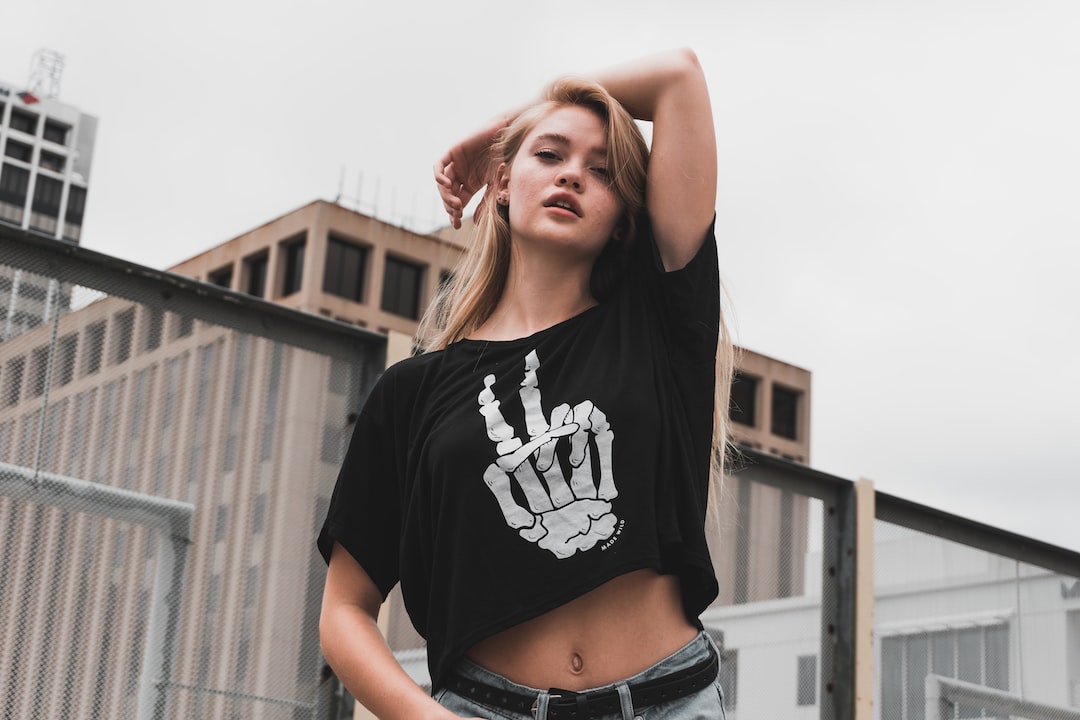The Evolution of Jeans: From Workwear to Fashion Staple
Jeans have come a long way since their humble beginnings as sturdy workwear in the late 1800s. Today, they are one of the most popular and versatile items of clothing, loved by people of all ages and walks of life. The evolution of jeans from workwear to fashion staple is a fascinating journey that showcases the timeless appeal and adaptability of this iconic garment.
In the late 19th century, jeans were primarily worn by blue-collar workers due to their durability and practicality. The original design featured heavy-duty denim fabric, durable stitching, and rivets at stress points to ensure longevity. They were a staple among miners, railroad workers, and cowboys-people whose professions demanded sturdy and reliable clothing. The denim fabric, initially called “serge de Nimes” in France, was later anglicized as “denim,” becoming synonymous with the fabric used for jeans.
The turning point for jeans came in the early 20th century when they seeped into popular culture, thanks to Hollywood movies featuring rugged cowboys and rebels wearing jeans. This association with the rebellious spirit and the allure of the Wild West further propelled jeans into the mainstream. However, it was not until the 1950s that jeans began to transcend their workwear origins and cement their place in fashion history.
In the post-war era, jeans became a symbol of youthful rebellion and nonconformity, as epitomized by iconic figures like James Dean and Marlon Brando. Their roles in movies such as “Rebel Without a Cause” and “The Wild One” showcased jeans as the ultimate expression of cool and defiance. This cultural transformation marked the beginning of jeans’ journey from workwear to a fashion icon.
The 1960s and 70s witnessed a significant shift in the perception of jeans. They became increasingly popular among the counterculture movement, with hippies and activists adopting jeans as a symbol of their anti-establishment ethos. Jeans represented freedom, unity, and equality-a departure from the rigid social norms of the time. Designers and brands like Levi’s capitalized on this trend, introducing a wide variety of styles and washes to cater to changing fashion tastes.
The 1980s and 90s marked a turning point in the mainstream acceptance and commodification of jeans. Fashion designers began incorporating jeans into their collections, elevating them to high-fashion status. This marked the birth of designer jeans, with brands like Calvin Klein and Guess leading the way. Celebrities soon adopted this trend, further amplifying jeans’ popularity and cementing their position as a fashion staple.
As the new millennium approached, jeans underwent a revolution in terms of style and fit. Skinny jeans rose to prominence, catering to the desire for a sleek, form-fitting silhouette. Low-rise and bootcut styles also gained popularity, providing options for different body types and fashion preferences. Today, jeans come in a myriad of styles, washes, and cuts, ensuring that there is a perfect pair for everyone.
The evolution of jeans from workwear to fashion staple wouldn’t be complete without mentioning the sustainability aspect. As the fashion industry grapples with environmental issues, denim brands are increasingly turning to eco-friendly production processes and materials. From organic cotton to recycled denim, sustainable jeans are on the rise, catering to the growing demand for ethically made clothing.
In conclusion, the journey of jeans from workwear to fashion staple is a testament to their timeless appeal and versatility. From their beginnings as utilitarian clothing for blue-collar workers to becoming a symbol of rebellion and then infiltrating high fashion, jeans have consistently reinvented themselves to suit changing trends and societal shifts. Today, jeans have transcended gender, age, and cultural boundaries, firmly establishing themselves as a global fashion phenomenon that shows no signs of fading away. As we continue to witness their evolution, one thing is certain-jeans will forever remain a wardrobe essential for people around the world.
